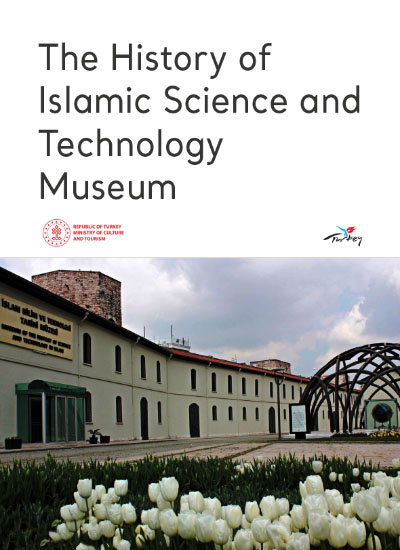History of Islamic Science and Technology The museum opened in 2008 with a concept prepared by Prof. Dr. Fuat Sezgin, an Islamic science historian. It exhibits works, devices, and tools invented and developed by Islamic scientists between the 9th and 16th centuries. The museum consists of 12 sections, including astronomy, clocks and marine, war technology, medicine, mining, physics, maths and geometry, architecture and city planning, chemistry and optics, geography, and a cinevision screening room. The Elephant Clock The mechanical devices invented by al-Jazari, who is considered to be the first scientist in the field of cybernetics and robotics, take you on a journey through time. One of his most notable creations is The Elephant Clock, which he designed to showcase his admiration for the universality of Islam, which spread from Spain to the Middle East during that period. The Elephant Clock, which draws the attention of everyone, welcomes visitors in the Entrance Hall of the museum. Astronomy Section Astronomy is widely regarded as one of the oldest sciences in the world. This section exhibits miniatures of important observatories from the Islamic Period, as well as astrolabes, world globes, and measuring sets. Clocks and Marine Section This section displays a variety of timekeeping devices, including sun dials that indicate time through shadows, clocks designed by al-Jazari and al-Biruni, mechanical clocks by Taqial-din, a prominent astronomer of the Ottoman Period, a chandelier clock, the Andalusian candle clock with twelve doors, and marine equipment. Physics Section This section displays scale models of tools and devices described in the book 'Kitabü'l-Hıyel' by al-Jazari. The displays include a pycnometer, which numerically determines specific gravity, as well as a helical pump, a 6-piston pump, a door bolt with 4 bolts, a perpetuum mobile, a scissors-shaped elevator, and a block and tackle pulley system.
MUSEUM OF THE HISTORY OF SCIENCE AND TECHNOLOGY IN ISLAM


